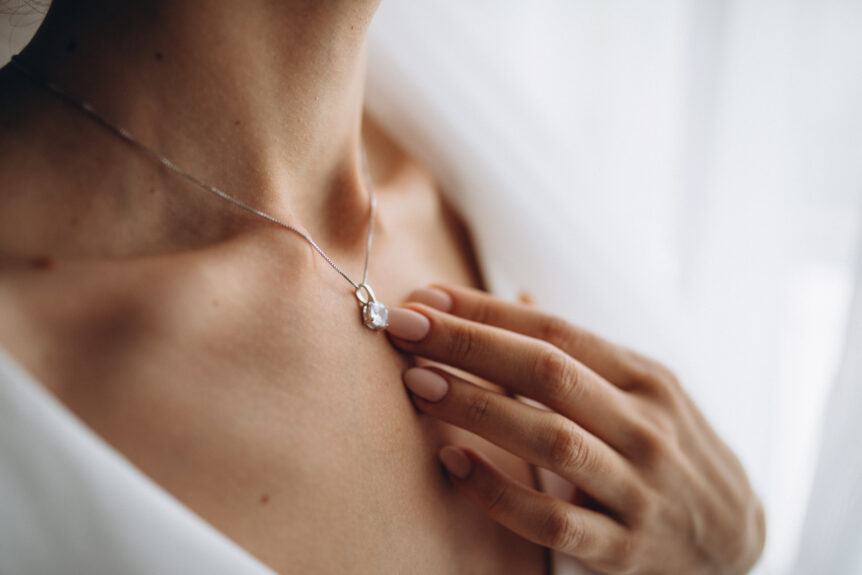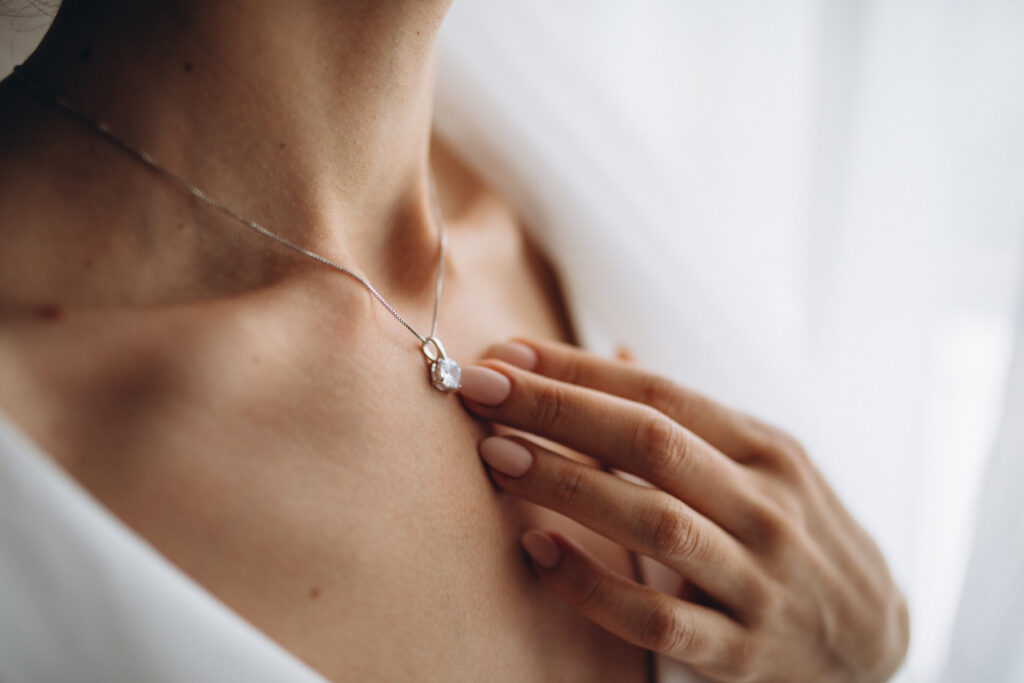We recently celebrated Valentine’s Day – the special February holiday that has become synonymous with the exchange of gifts and, oftentimes, jewelry. In 2022, consumer spending on jewelry for the holiday was estimated to reach a record $6.2 billion, according to a survey done by the National Retail Federation and Prosper Insights & Analytics. So, we at Deland, Gibson thought this would be a great time to dive deeper into Jewelry Insurance and what to do if you have recently given or been given a piece of jewelry you wish to protect. Jewelry insurance can be an important component of an insurance portfolio, so let’s break it down and dig into the ins and outs of insuring and protecting jewelry.
Does Homeowners Insurance Cover Jewelry?
One of the most common questions we receive at Deland, Gibson Insurance is, “Does my homeowner’s insurance cover jewelry?” The short answer is, to a degree. Your standard homeowners insurance does cover valuables, like jewelry, under personal property. Still, it typically falls short of the item’s replacement value and can leave you, the jewelry owner, out of pocket. Typically, homeowners insurance policies have coverage limits that even a modest jewelry collection can quickly exceed. For example, with the average cost of an engagement ring landing around $6,000, one can see how a homeowner’s policy quickly doesn’t stack up. This is where a separate jewelry insurance policy can come into play and provide you with the additional protection you require.
In 2022, consumer spending on jewelry for the holiday was estimated to reach a record $6.2 billion.
What Is Jewelry Insurance?
Jewelry insurance is a separate policy that can be purchased and is designed specifically to protect your jewelry from damage, theft, or loss. Furthermore, with a policy that is designed specifically to protect your jewelry, you can provide an appraised value for the items and, therefore, make sure you are appropriately covered. Jewelry insurance is often used to protect the following items:
- Engagement Rings
- Wedding Rings
- Watches
- Antique Jewelry
- Earrings & Necklaces
How Does Jewelry Insurance Work?
Jewelry insurance functions similarly to other types of property insurance but, as mentioned above, is designed to protect your jewelry. The process of insuring jewelry typically involves the following key steps:
- Appraisal: To insure a piece of jewelry, it must first be appraised by a qualified professional who determines its value based on factors like materials, craftsmanship, and market demand.
- Policy Selection: Once the jewelry is appraised, one can select a policy to cover the piece/s of jewelry. This policy can exist as a standalone or part of a broader homeowner’s or renter’s insurance plan.
- Premium Payment: Like other insurance policies, the policyholder pays a premium, typically annually, to maintain coverage for their jewelry. The premium amount is based on factors such as the item’s value, the level of coverage chosen, and the policyholder’s location.
- Claims Process: In the event of loss, damage, or theft, the policyholder files a claim with their insurance provider. This usually involves providing documentation such as the original appraisal, purchase receipt, and relevant police reports.
- Settlement: Upon approval of the claim, the insurance company reimburses the policyholder for the covered loss by repairing or replacing the jewelry or providing a cash settlement based on its appraised value.
Are There Exclusions with Jewelry Insurance?
While Jewelry Insurance can be a fantastic way to protect your valuables, it is essential to understand any and all exclusions that can often be a part of a standalone jewelry policy. Typically, jewelry insurance will exclude wear and tear, pre-existing damage, and any intentional damage. Wear and tear makes sense when you consider items like fine watches with numerous moving parts that require servicing from time to time. Pre-existing damage typically applies to antiques/family heirloom items that may not be in perfect condition from the onset of the policy. Intentional damage speaks for itself, but obviously, jewelry policies would exclude this item.
How Much Does Jewelry Insurance Cost?
The cost to insure jewelry will generally depend upon its price. Typically, each year, it will cost one to two dollars for every one hundred dollars of price. However, where you live can also dictate whether you will pay a higher or lower price. For example, the insurance may be higher if you reside in an area with a high crime rate.
As you consider insuring your jewelry, it is important to have an accurate replacement value in mind. An appraisal can be particularly helpful in this process.
What Is the Best Jewelry Insurance?
A frequent question we receive at Deland, Gibson Insurance as people seek to insure their jewelry is: “What is the best jewelry insurance.” Our response, quite simply, is, “The best jewelry insurance is the one that meets your needs.” How you decide to insure your jewelry may depend upon what you are looking to insure and what you want in the policy. It can also depend on the items and how much it costs. Deland, Gibson specializes in assessing risk for clients. We can ensure your needs are met and you are adequately covered!
More Information on Insuring Valuables:
Providing Peace of Mind Through Proactive Service
Deland, Gibson: a Trusted Choice, Five Star Accredited independent insurance agency. Established in Massachusetts in 1900, Deland, Gibson is a 4th generation family-run insurance agency that has thrived working as a trusted advisor for its client base. We work with individuals and businesses to lower their Total Cost of Risk. We analyze a client’s direct and indirect costs and implement risk reduction plans to address areas of business, hazard, or strategic risk.



